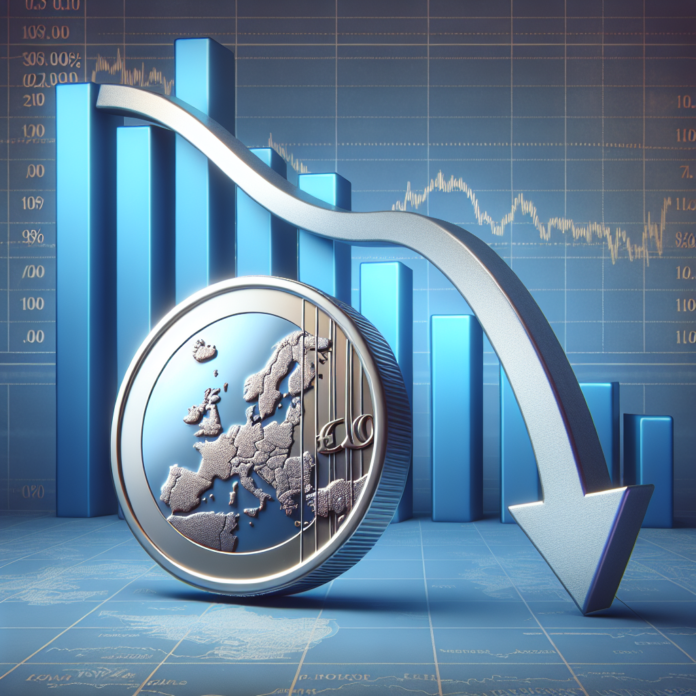
The exchange rate between the euro and the lek has started this week with another slight drop. According to the official exchange rate of the Bank of Albania, the euro was exchanged on Monday at 100.26 ALL, which also represents the lowest historical level of the exchange rate, while the previous record had been the value of 100.27 ALL, on June 11.
Over the weekend, however, the exchange rate fell to even lower levels. Several foreign exchange points, including the largest entity, Iliria ’98, have traded the euro at 99.6 ALL for purchase and 100.4 ALL for sale. On average, this exchange rate would result in the level of 100 lek, registering a new factual record of the exchange rate.
However, since the Bank of Albania does not calculate and publish the exchange rate during the weekend (when the central bank and the main reporting entities, commercial banks, are on holiday), officially the lowest average exchange rate is recorded today, of 100.26 ALL .
This summer, as predicted, the euro exchange rate is facing new downward pressures, due to the high foreign exchange inflows of the tourist season. The average exchange rate did not fall below the level of 100 ALL only thanks to the interventions of the Bank of Albania, which during the months of May and June made several direct purchases of euros in the foreign exchange market.
The intervention of the Bank of Albania has withdrawn part of the currency from the market, preventing the further fall of the European currency, but at the same time it has also had a psychological effect, conveying the message that the central bank does not want to allow the exchange rate to fall below the limit of 100 lek .
In the conditions of low inflation, below the objective of 3%, the Bank of Albania can justify this intervention in function of its main objective, price stability. A further strengthening of the lek would further reduce the price of imported products and further strengthen the disinflationary pressure in the economy.
The strengthening of the lek has significantly influenced the reduction of inflation in the Albanian economy, while it has helped to maintain the solvency of borrowers with income in lek and loans in foreign currency. But, on the other hand, the drop in the exchange rate at these levels has significantly damaged the exporting sectors of goods and services in the economy, especially fashion.
Bank of Albania statistics showed that the current account deficit in the first quarter of the year reached the value of 371 million euros, an increase of 190% compared to the same period last year. However, this did not affect the devaluation of the lek during the first quarter of the year, when the exchange rate remained at relatively stable levels. Meanwhile, the second quarter was accompanied by another downward cycle, driven by the increase in foreign currency inflows into the economy./ Monitor
New Record Low for Euro Exchange Rate
The euro exchange rate has experienced a slight decline against the Albanian lek this week, hitting a new historical low of 100.26 ALL, as per the Bank of Albania’s official rate. Over the weekend, some foreign exchange points traded the euro at even lower rates, averaging around 100 ALL. This decline is largely attributed to high foreign exchange inflows during the tourist season. The Bank of Albania has intervened by purchasing euros to prevent the exchange rate from falling further, maintaining a psychological threshold at 100 lek. This intervention aims to ensure price stability amid low inflation, which is currently below the 3% target. While the stronger lek has helped reduce inflation and maintain borrower solvency, it has negatively impacted export sectors. The first quarter saw a significant increase in the current account deficit, but this did not affect the exchange rate until the second quarter, when increased foreign currency inflows caused further depreciation.


